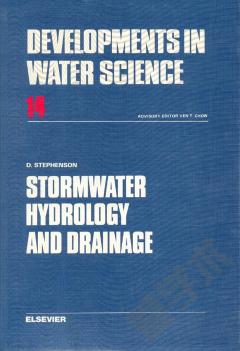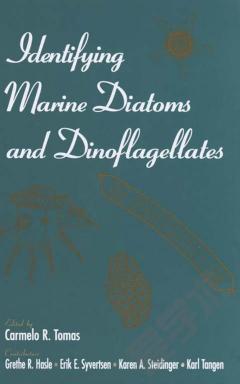Marine and Freshwater Harmful Algal Blooms
Freshwater harmful algal blooms (HABs) are comprised of algae that either create health hazards for humans or animals through the production of toxins or bioactive compounds or that cause deterioration of water quality through the build-up of high biomass, which degrades aesthetic, ecological, and recreational values. While freshwater HABs occur naturally, human actions that disturb ecosystems in the form of increased nutrient loadings and pollution, modified hydrology, and introduced species have been linked to the increased occurrence of some freshwater HABs. The majority of the freshwater HAB problems reported in the United States and worldwide are due to one group of algae, the cyanobacteria HABs (CyanoHABs), but other groups of algae can also be harmful. CyanoHABs are not a new phenomenon, but the frequency and geographic distribution of documented CyanoHABs seem to have dramatically increased in recent decades in the United States and globally. This book describes the broad range of negative impacts that freshwater HAB toxins have on humans, animals and aquatic ecosystems and actions that must be taken to resolve this issue. This book consists of public documents which have been located, gathered, combined, reformatted, and enhanced with a subject index, selectively edited and bound to provide easy access.
{{comment.content}}








 京公网安备 11010802027623号
京公网安备 11010802027623号